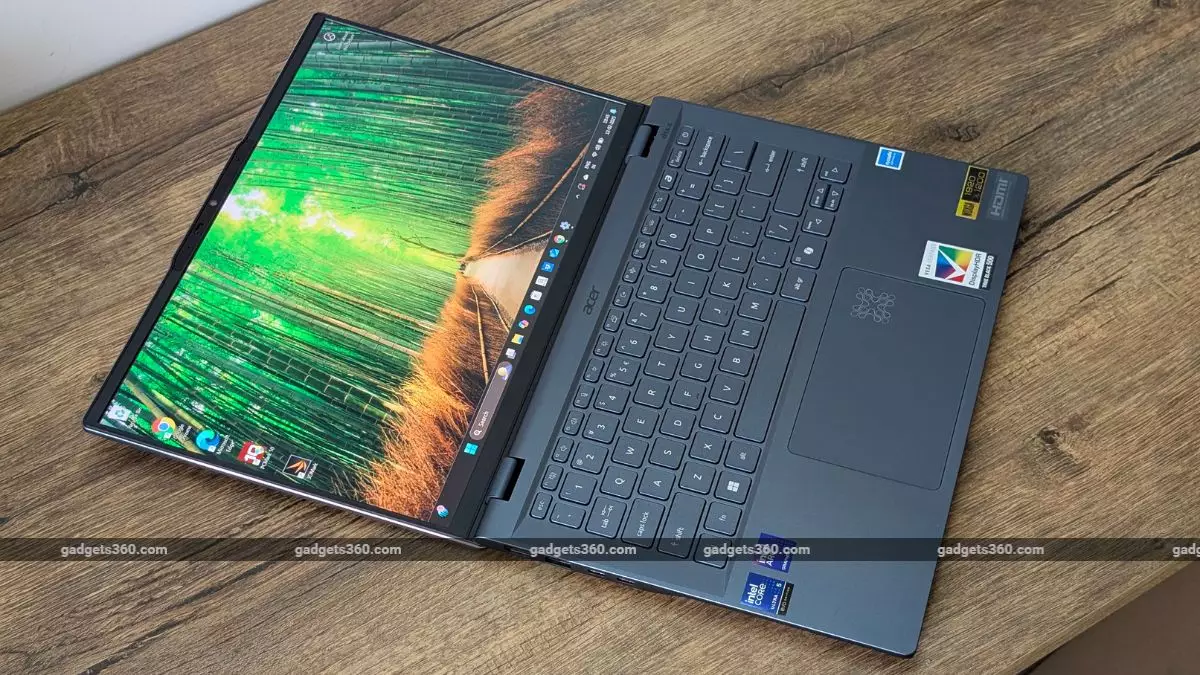The Indian personal computer market is witnessing a remarkable resurgence, with recent reports indicating an encouraging eight percent growth in shipments for the first quarter of 2025. This uptick, as highlighted by market analyst IDC, reveals a powerful shift in the domestic landscape, where consumers and businesses alike are realigning their technological needs amid an evolving digital environment. In an era where mobile devices have seemingly captured the zeitgeist, it’s refreshing to observe a renaissance of interest in PCs, rekindling the once-lost flame of the traditional computer.
As the data suggests, the surge isn’t random but rather a reflection of systemic shifts in demand driven by both enterprises and small-to-medium-sized businesses (SMBs). This critical moment emphasizes the importance of not only maintaining pace with technology but also adapting it to our needs.
The Dominance of Key Players
In this competitive landscape, HP emerges as the unparalleled leader, clenching a substantial market share of 29.1 percent. Its leading position in both consumer and commercial segments speaks volumes about the brand’s ability to resonate with Indian customers. HP’s dominance is not merely a result of effective marketing, but rather a calculated strategy that prioritizes innovation while addressing the distinct requirements of diverse consumer segments. This approach makes HP a formidable force in an increasingly saturated market.
Conversely, Lenovo and Dell claim the second and third ranks, respectively, proving that there’s fierce competition in the industry. Lenovo, with its dynamic range, showcases impressive growth, particularly in consumer markets—climbing by 36.4 percent. Dell also holds its ground, pivoting to cater to both emerging tech needs and the desires of the workforce, capturing a significant share of the commercial segment. While other brands like Acer and Asus attempt to carve their niche, their performance highlights just how challenging it can be to shift market dynamics when positioned against these tech giants.
Decline of Desktops: The Changing Narrative
Despite the flourishing growth in overall shipments, the report delineates a sobering reality: desktops are on the decline, with a 2.4 percent fall YoY. This decline raises crucial questions about the future of traditional desktop computing. As more users pivot towards mobile devices and innovative workstations, one must ponder whether this shift is merely a trend or indicative of a deeper transformation in work and play.
Interestingly, the burgeoning segments in notebooks and workstations, showing growth rates of 13.8 percent and 30.4 percent respectively, reflect the growing integration of PCs in diverse environments—be it enterprise solutions or creative industries. This observation demands a closer examination of consumer behavior and preferences in how we approach personal computing. The desktop, once the heavyweight champion in homes and offices, seems to be ceding ground to the nimble and versatile notebook.
The Surge in AI Notebooks
Perhaps the most exhilarating revelation is the phenomenal growth witnessed in AI notebooks, soaring with an astonishing 185.1 percent increase YoY. This extraordinary figure underscores not only a shift in consumer interests but also an urgent demand for cutting-edge technology designed to augment workflows. The emergence of AI capabilities is transforming what we expect from our devices; they are evolving from simple tools to critical components of productivity, security, and automation.
Businesses can no longer ignore the advantages of integrating AI into their daily operations. The challenge then lies in fostering a culture that embraces these transformative tools while ensuring that consumers—whether individuals or enterprises—are educated about the benefits and capabilities these new systems harbor. It is no longer sufficient for companies to merely push products; they must engage with their customers on a deeper level.
Looking Ahead: The Role of Enterprises
As we contemplate the future trajectory of the PC market in India, it becomes evident that enterprise demand is driving key changes. IDC’s insights suggest a cautious optimism within the IT/ITES sector. While enterprises are placing substantial orders, they remain conservative in their approach to revamping existing setups. Moreover, the burgeoning gaming market emerges as a critical driver in the consumer segment—the intersection of leisure, creativity, and professional necessity.
The commitment to continually enhancing technological infrastructure underscores an essential trend that businesses will need to embrace moving forward. As organizations accountable for their own operational efficacy push for advanced solutions, the focus must expand to integrate not just hardware, but a holistic approach to IT assets. Only by recognizing the intertwined fate of both consumer preferences and enterprise demands can companies hope to navigate the unpredictable waters of technological evolution.
The revolution is here—and the Indian PC market, with its evolving dynamics and robust changes, offers fertile ground for innovation. The growth we are witnessing isn’t just about numbers on a report; it’s a testament to how we are redefining our relationship with technology and, in turn, with each other.


Leave a Reply